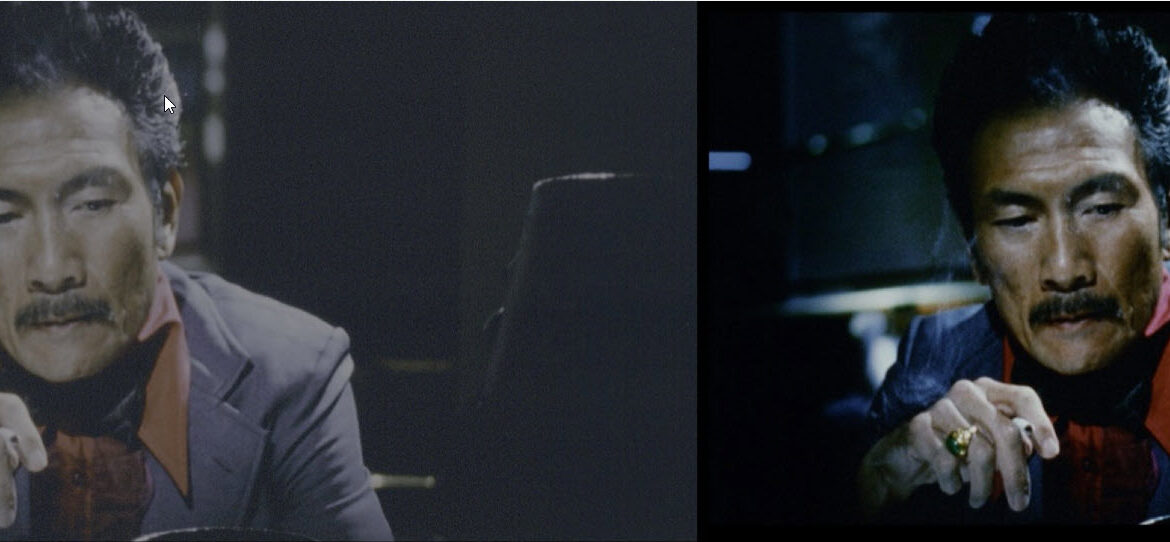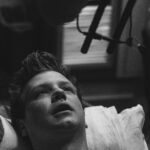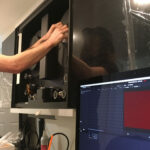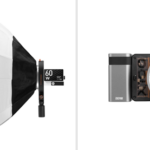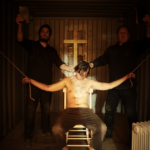The 2003 feature film “Perth,” which was originally shot on Super 16mm film, was recently scanned and restored using the Cintel Scanner and DaVinci Resolve Studio editing, grading, visual effects (VFX) and audio post production software.
Set in Singapore, the film follows Harry Lee, a 51 year old part time security guard who dreams of migrating to Perth, Australia to escape a difficult life with little opportunity. He unwittingly gets entangled in the Singapore underworld in order to earn enough to carry out his relocation plans. Though the film was not commercially successful in 2003, a renewed interest by the Asian Film Archive to restore the film for modern audiences encouraged the director, Djinn, to explore the possibilities. Djinn brought the film to longtime collaborator and colorist Shaley Brooks at Iris Digital Post to restore the film for a Heritage Screening event in May 2023.
Brooks had little to work with as he started the process of restoration. “The Asian Film Archive had a 35mm release print that they used for screenings, which was all that was saved,” said Brooks. “The Archive asked Djinn if he could get a DCP made so it could continue to be screened in the all digital systems they now have. Up to that point, the only copy on video was a PAL Digital Betacam, which had a production company logo burned in. We ended up using that tape as our audio source.”
Brooks turned to the post production house DigitalFilm Tree which gave him access to its Cintel Scanner. Having worked with scanning and telecine in the past, Brooks found working with the Cintel Scanner was easy. “The Cintel was perfect for this project,” said Brooks. “I especially like the CRI file format because the data footprint isn’t huge, and the quality of the image is very good. The scanner is honestly quite simple to use. Loading the film was very straight forward, and the particle transfer rollers are nice to have. I like how the scanner interface works in Resolve. It just feels like a part of the same system, which I’m already comfortable with. So, I didn’t have to learn some new piece of software to get started scanning.”
Though the technical aspects of scanning from a 35mm release print went smoothly, sourcing from two disparate sources for picture and audio proved a challenge for Brooks on multiple fronts. “One of the biggest issues was the condition of the print versus the PAL Digital Betacam we used for an audio source,” added Brooks. “The release print was missing frames at the head and tail of each reel. I had to slow down some shots to fill the gaps. It definitely affected sync in a couple of spots.”
Once in DaVinci Resolve Studio, Brooks was able to take advantage of the software’s range of restoration tools. “Since we had no budget, I needed to avoid tedious and time consuming work. I leaned on the automatic dirt removal tool as much as possible and, going shot by shot, I was able to clean the worst of issues from the release print transfer. I used the dust buster tool to clean up a lot of the really big dirt, which worked really well. And since the print had some bad flicker throughout, I used the deflicker tool, which I dialed in on a shot by shot basis,” he explained.
“With the restoration using so many processor intensive tools, to get smooth playback in the color review process I did the automatic dirt removal and deflicker passes separately,” Brooks continued. “I rendered a new mezzanine DPX sequence with the deflicker and dirt fixes baked in. I also converted the signal to an ACES format at this step. This allowed me to color without any system slow down. When I found issues that needed to be fixed from the first pass, I was able to fix only those frames and render a new DPX frame to replace it.”
Beyond color, Brooks found the expanded toolset in DaVinci Resolve Studio helpful with some of the more challenging issues. “For something like painting out big scratches, I used Fusion inside of Resolve, which I have been using a lot recently,” he explained. “I consider Fusion an important part of my toolbox now. Taking the time to learn to use it as a novice has been great. I am blurring the lines between color and VFX!”
With extensive experience in grading some of today’s biggest film and TV shows, Brooks had the skills to apply modern workflows to the analog format “Perth” was filmed in. “Since we didn’t have the cut negative, or an interpositive, our contrast and dirt caused issues, but I was able to use the ACES workflow to get the image to look the way we wanted. DaVinci Resolve’s primaries got me the rest of the way,” Brooks concluded.

